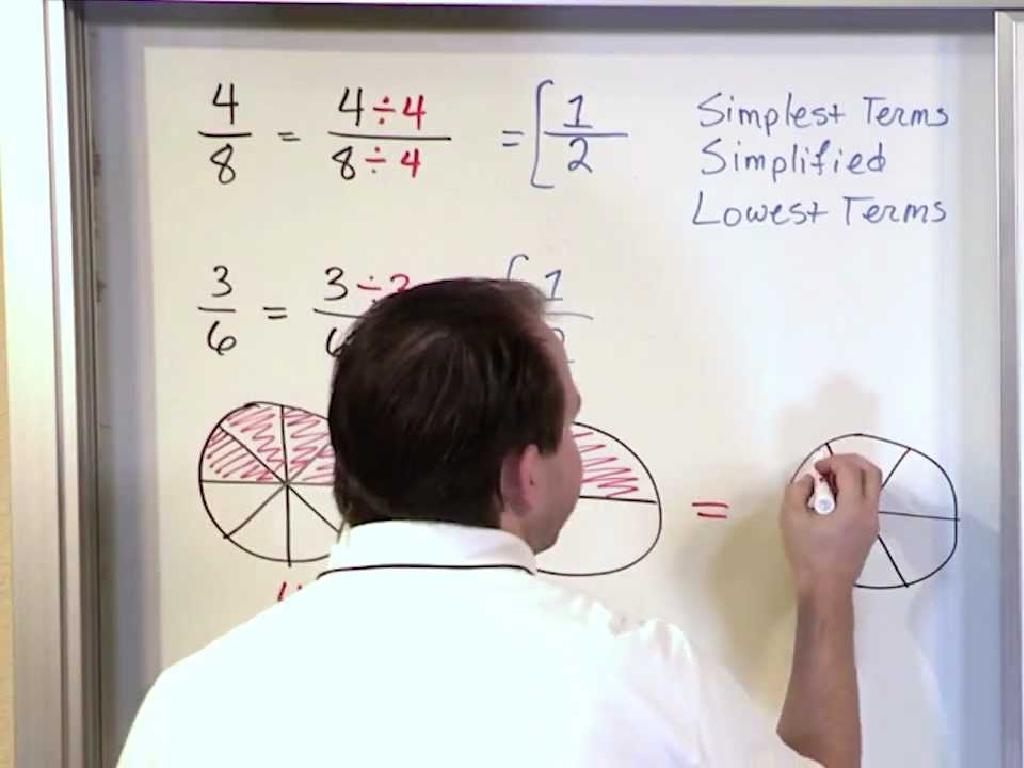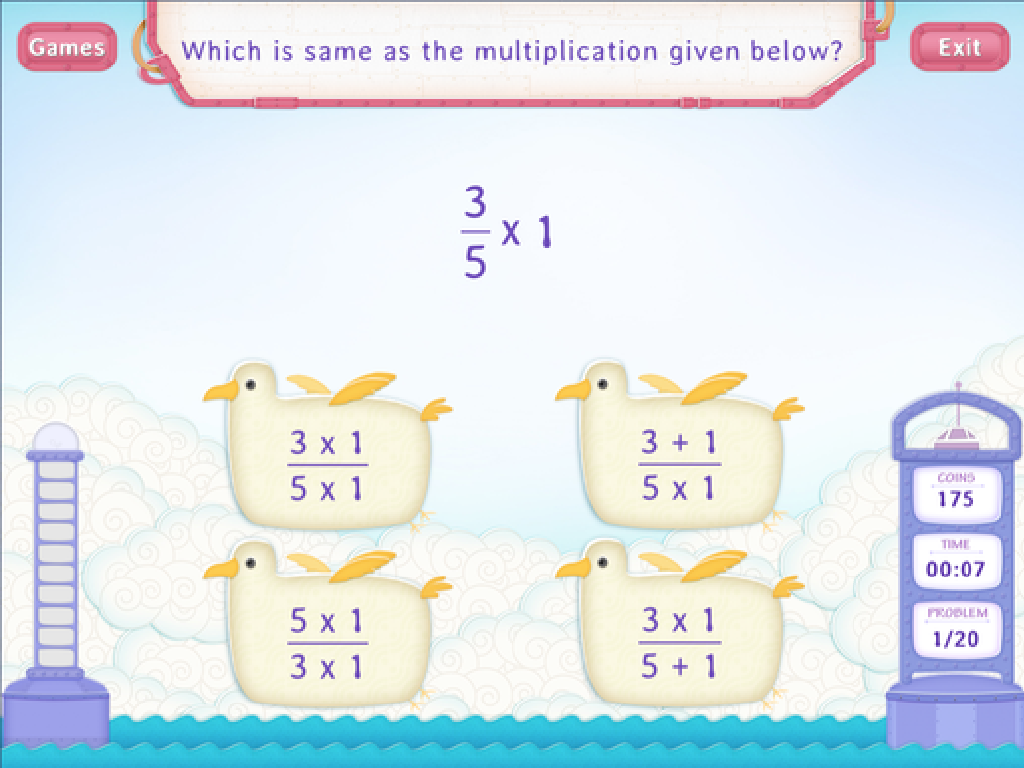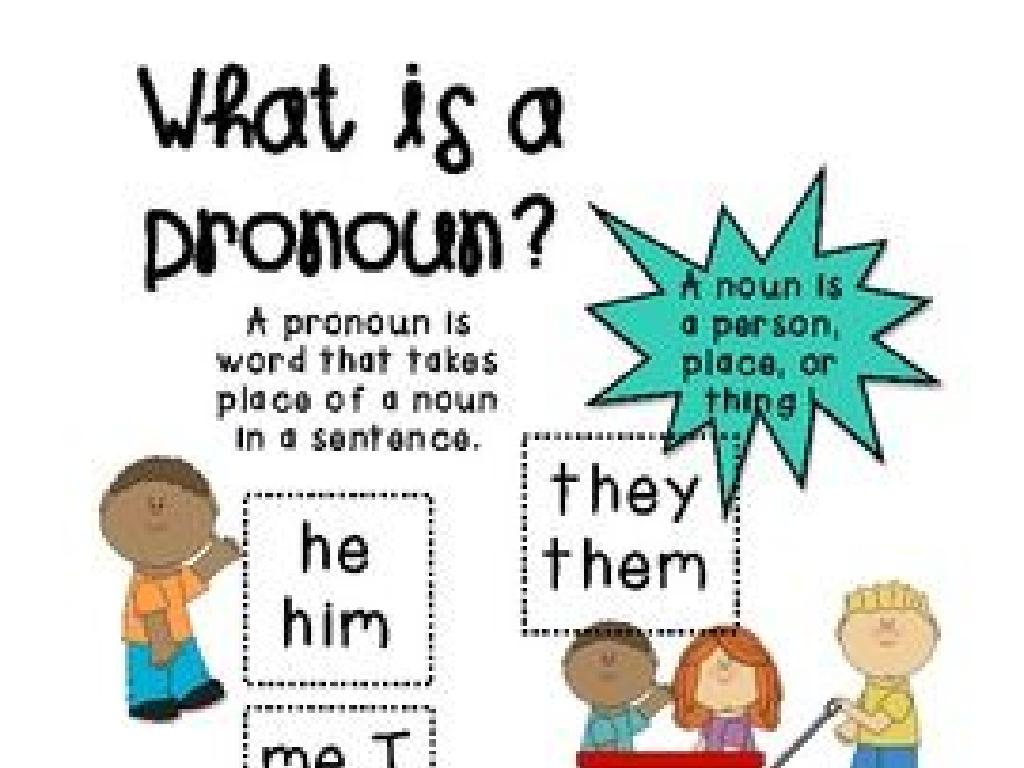Put The Sounds In Order
Subject: Language arts
Grade: Kindergarten
Topic: Blending And Segmenting
Please LOG IN to download the presentation. Access is available to registered users only.
View More Content
Playing with Sounds: Blending and Segmenting
– Welcome to Language Arts!
– Today’s fun: ordering sounds
– We’ll play games to learn sounds
– Learn to sequence sounds
– Sounds make words when in order, like ‘c-a-t’ becomes ‘cat’
– Why correct sound order matters
– Arranging sounds helps us read and spell words correctly
|
This slide introduces the concept of blending and segmenting sounds, which is crucial for developing reading and spelling skills in young learners. Start the class with a warm welcome and an exciting announcement about playing with sounds. Explain that just like building blocks, sounds can be put together in a specific order to make words. Emphasize the importance of arranging sounds correctly by showing how it helps us form words we can read and spell. Engage the children with simple examples and encourage them to practice with different sounds. The goal is to make this learning experience as interactive and enjoyable as possible.
Learning Sounds: Building Blocks of Words
– Sounds are what we hear
– Each letter has a unique sound
– For example, ‘A’ sounds like ‘ah’ or ‘ay’
– Sounds combine to form words
– Like ‘c-a-t’ spells ‘cat’
– Practice makes perfect
– We’ll practice with fun activities
|
This slide introduces the concept of sounds as the fundamental elements of speech and language. It’s crucial to emphasize that sounds are the noises we hear when we talk or listen. Each letter of the alphabet has a specific sound associated with it, and by learning these sounds, children can begin to blend them together to form words. Use examples like the sound of the letter ‘A’ and how it can vary (‘ah’ as in apple, ‘ay’ as in cake) to illustrate the concept. Encourage the children to practice making sounds and blending them to create simple words, using engaging activities and games. The goal is to make this learning process as interactive and enjoyable as possible to foster a love for reading and speaking.
Blending Sounds Together
– Blending creates words
– Blending is like a puzzle, combining pieces to form a whole
– Example: /c/ /a/ /t/ is ‘cat’
– The sounds /c/, /a/, and /t/ join to say ‘cat’
– Practice blending with me
– We’ll make new words together!
|
This slide introduces the concept of blending sounds to create words, which is a fundamental skill in reading. Start by explaining that blending is like putting puzzle pieces together to make a picture, except we’re putting sounds together to make words. Use the example of ‘cat’ to show how individual sounds merge to form a word. Engage the students by practicing blending sounds as a group. Use simple three-letter words (CVC words) to ensure that the activity is appropriate for their level. Encourage the students to listen carefully to the sounds and try to guess the word as you slowly blend the sounds together. This interactive approach helps students understand the concept of blending and apply it to their reading.
Segmenting Sounds Activity
– Breaking words into sounds
– Example: ‘dog’ becomes /d/ /o/ /g/
– Say ‘dog’: /d/ (clap), /o/ (clap), /g/ (clap)
– Clap with each sound
– Helps to hear each individual sound
– Practice with different words
– Try ‘cat’, ‘hat’, ‘bat’, and ‘mat’
|
This slide introduces the concept of segmenting, which is a foundational skill in phonics. Segmenting helps children understand that words are made up of individual sounds, which is crucial for spelling and reading. Use the word ‘dog’ as a clear example to demonstrate how to break down the word into its constituent sounds while clapping to each sound. This kinesthetic activity reinforces the learning process. In the next class, encourage students to practice with different words and to clap along to each segmented sound. This will help them to isolate sounds and improve their ability to blend sounds into words.
Practice Time: Blending and Segmenting Sounds
– Blending sounds to form ‘mat’
– Say ‘m’, ‘a’, ‘t’ slowly, then faster together: ‘mat’
– Segmenting ‘sit’ into individual sounds
– Break ‘sit’ down: ‘s’, ‘i’, ‘t’
– Count sounds with our fingers
– Each sound gets a finger: ‘m’ (1), ‘a’ (2), ‘t’ (3)
– Practice makes perfect!
|
This slide is an interactive activity for students to practice blending and segmenting sounds, which are crucial phonemic awareness skills. Start by modeling how to blend the individual sounds in ‘mat’ (‘m’-‘a’-‘t’) into the whole word. Then, guide the students to segment ‘sit’ into its constituent sounds, using their fingers to count each sound. Encourage the children to practice with different words and to use their fingers as a physical reminder of the number of sounds they hear in each word. The repetition of this exercise will help solidify their understanding of how words are formed from individual sounds.
Sound Train Game
– Each cart has a unique letter
– Arrange carts to form words
– For example, put ‘c’, ‘a’, ‘t’ to spell ‘cat’
– Choo-choo! Let’s make the train move
– Listen to the word the train makes
– After arranging, we say the word together
|
This interactive game helps kindergarteners understand the concept of blending sounds to form words. Each cart represents a letter, and students will learn to sequence the carts to create words. This activity not only teaches them about letter sounds but also about the order of letters in words. As the ‘Sound Train’ is formed, encourage the children to sound out the letters in sequence and blend them to pronounce the word. This will help them in recognizing phonemes and their corresponding graphemes, which is essential for early reading skills. Make sure to praise their efforts and correct gently if they make mistakes. You can prepare a set of letter carts before the class and have different words for each student or group to arrange and present.
Let’s Make Words!
– Use magnetic letters for words
– Listen to a word and find sounds
– I’ll say ‘cat’, find the ‘c’, ‘a’, ‘t’
– Arrange letters in order
– Put ‘c’ first, then ‘a’, lastly ‘t’
– Create new words together
|
This slide introduces a class activity focused on blending and segmenting sounds to create words, which is a fundamental skill in early reading development. Using magnetic letters, the teacher will say a word out loud, and the students will identify and pick out the corresponding sounds. The teacher will guide the students to arrange the letters in the correct order to form the word. This hands-on activity helps reinforce phonemic awareness by connecting sounds to letters. For differentiation, consider simpler words for those still developing their phonemic skills and more complex words for advanced students. Encourage students to say the sounds out loud as they arrange the letters, reinforcing the connection between the auditory and visual aspects of reading.
Sound Bingo: Listen and Find!
– Receive your Bingo card with letters
– Listen to the sound I make
– Find the matching letter
– Get three in a row and shout ‘Bingo!’
|
This interactive class activity is designed to help Kindergarten students practice their phonemic awareness by associating sounds with letters. Distribute the Bingo cards to each student, ensuring that each card has a variety of letters. As the teacher, you will make a sound that corresponds to one of the letters on the Bingo cards. Students must listen carefully and then locate the letter on their card that matches the sound. When a student has marked three letters in a row (horizontally, vertically, or diagonally), they should call out ‘Bingo!’. To extend the activity, consider having multiple rounds with different patterns or using sounds that blend two letters together. This game encourages active listening, quick thinking, and provides a fun way for students to engage with letter-sound correspondence.
Super Sound Sorters!
– Congratulations on ordering sounds!
– Sounds playtime aids reading and writing
– Playing with sounds builds our literacy skills.
– Practice is key – continue at home!
– Try to make new words with sounds you know.
– Keep having fun with sounds every day!
|
This slide is a celebration and encouragement for the students who have learned to put sounds in order. It’s important to praise their efforts and to remind them that playing with sounds is not just fun but also a crucial part of learning to read and write. Encourage them to keep practicing at home, perhaps with their parents or siblings, to reinforce their skills. Suggest activities like making up silly words, finding objects around the house that start with different sounds, or even playing rhyming games. The goal is to make the practice enjoyable so that it becomes a natural part of their daily routine.





